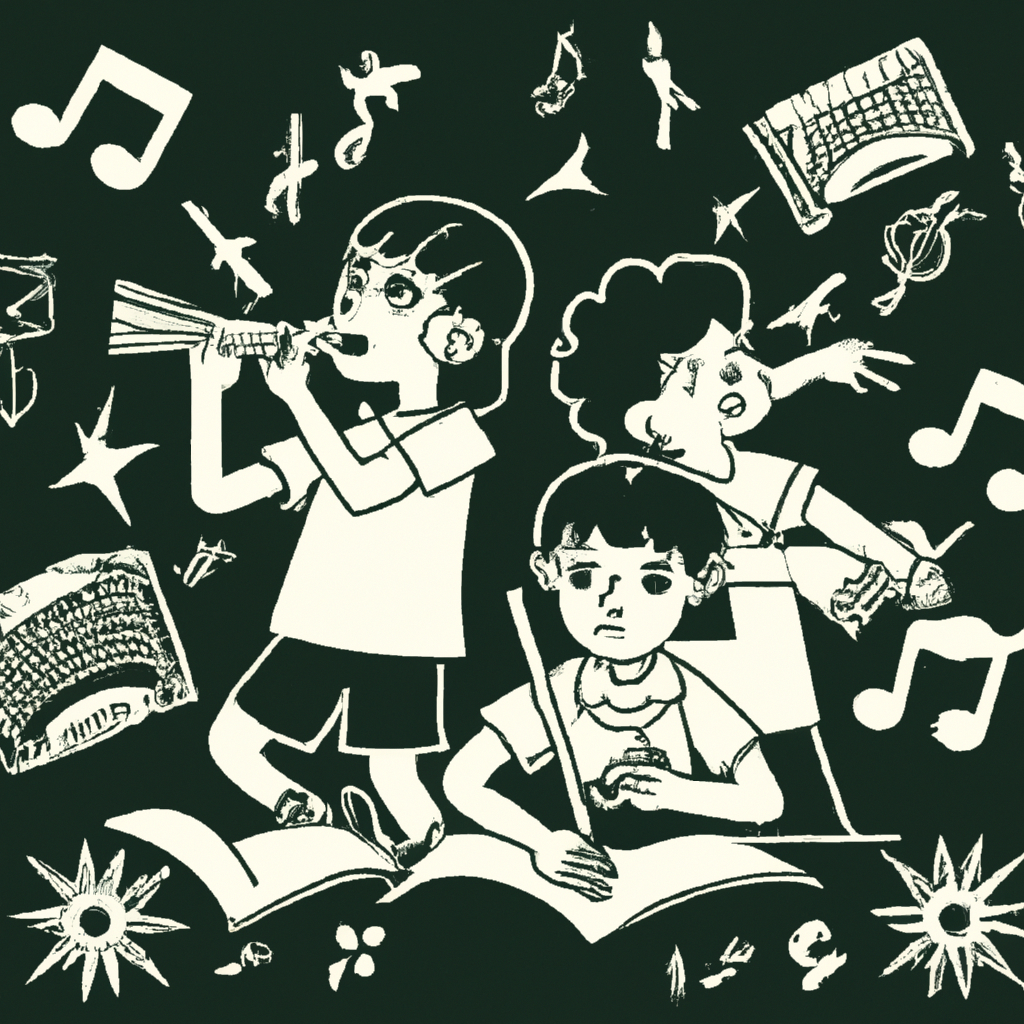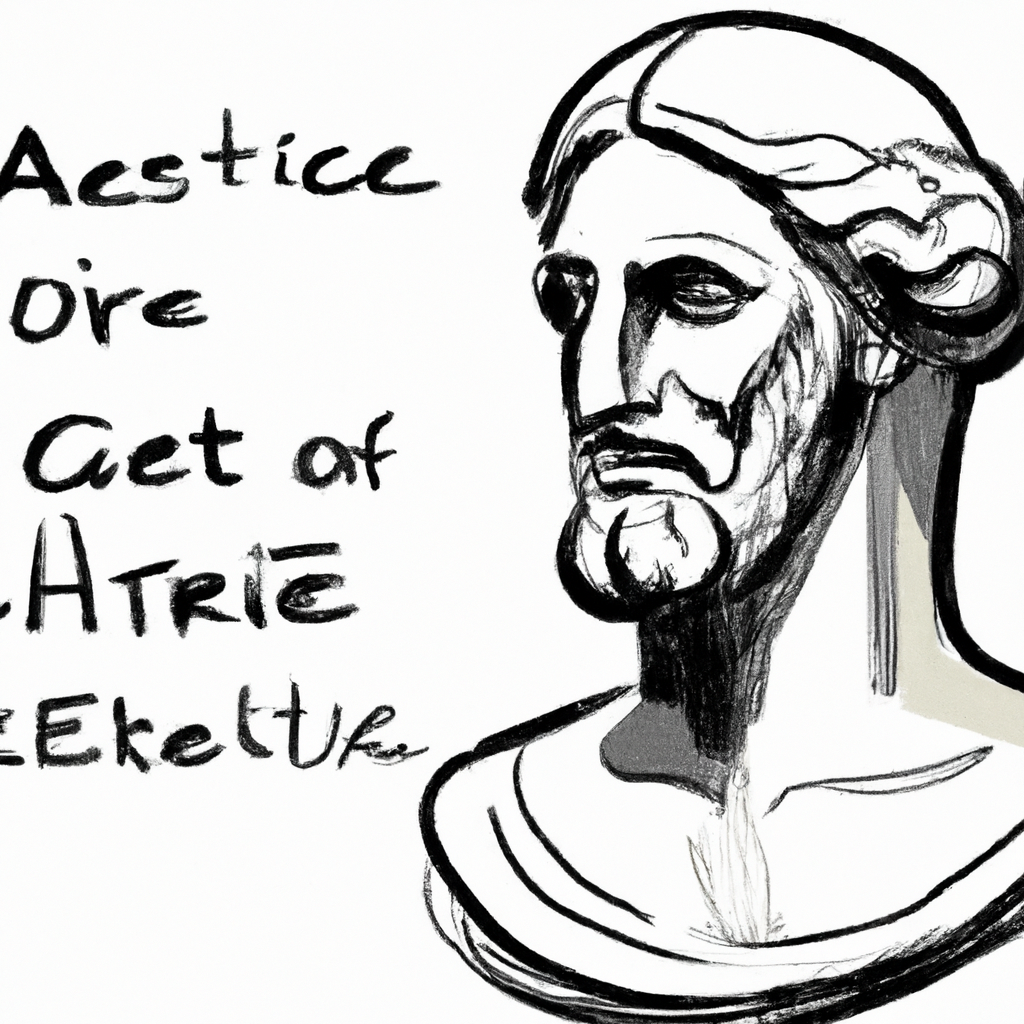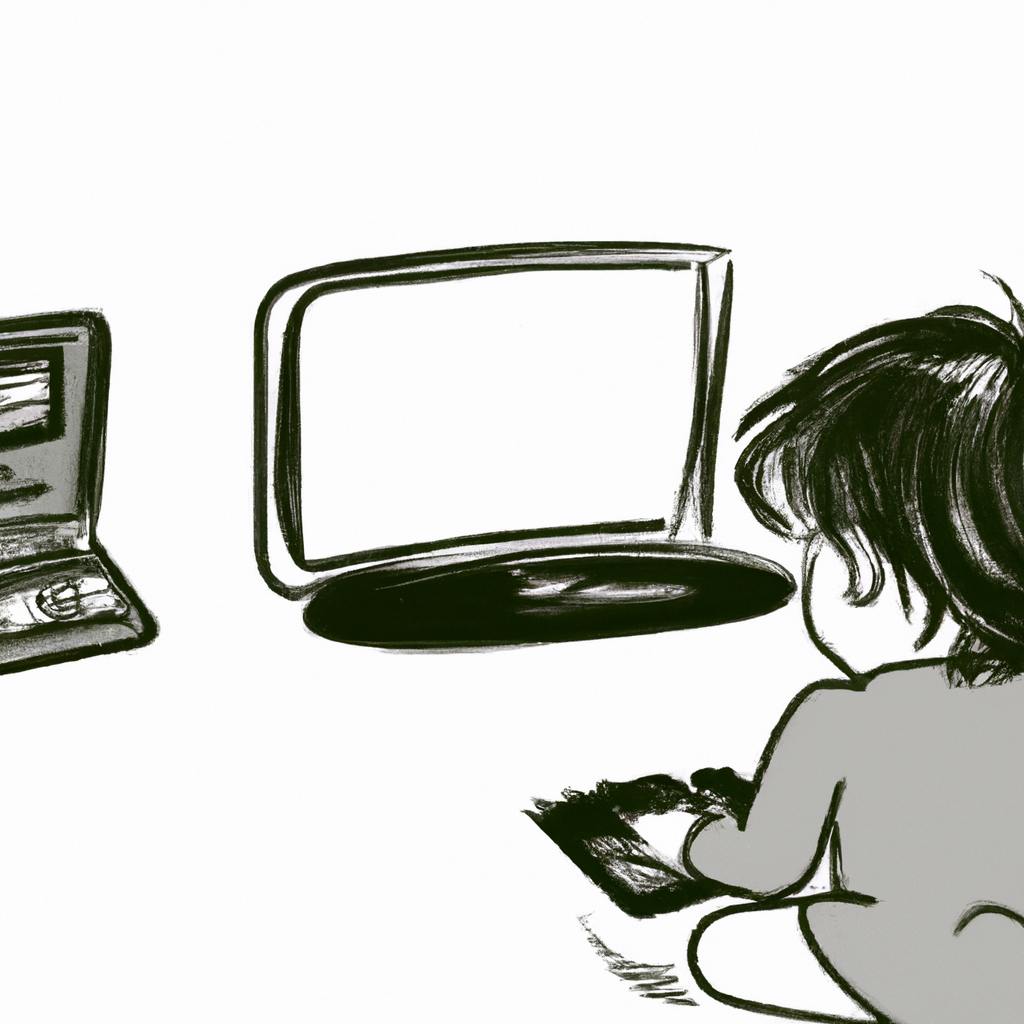Dear Readers,
AI plays a crucial role in our blog, helping us manage our time more effectively to keep the content flowing. While AI assists with content creation, which may lead to occasional spelling or grammar errors, our primary goal remains clear: to deliver meaningful insights to you. For important matters, please consult a specialist.
Thank you for your understanding and support.
Best regards,
Education.com.cy
Listen the song Hymn to the Child
Let’s immerse ourselves in the full song and let its melody deeply resonate with our hearts.
Scope of the song
The case study presentation of the song “Hymn to the Child” is designed for educational purposes. Its primary goal is to illustrate the connection between learning and music, a concept championed by Aristotle. Additionally, it aims to remind parents that children’s happiness is best achieved when they are joyful and content. This well-being is rooted not in financial status but in moral values and cherished moments that create lasting memories.
Important Information from Aristotle’s philosophy
In our modern era, the context of Aristotle’s time has evolved significantly. Today, much of education is delivered through audio and visual communications, greatly influenced by social media. Our aim is to demonstrate how the principles of Aristotle’s philosophy can be adapted to these new standards, promoting learning and virtue in the contemporary digital landscape.

Aristotle asserted that music has the power to nurture the soul and foster virtue. In his work “Politics” (Book VIII, Chapter 5), he states:
“Therefore, young people should be educated in music; for this education alone is in harmony with the life of a free citizen, with upbringing, and with leisure.”

Find out how the strategies discussed in the article
"How Teaching a Song Can Improve Your Child’s Learning and Well-Being"can help address internet addiction in children and teens.
Education Part of the Song
In the accompanying video, Louisa Savva provides a narration in English, employing words with Greek roots. Key observations include:
- Louisa exhibits happiness and smiles during the filming.
- Continuous rehearsal (lasting five minutes) enhanced her narration.
- Additional practice could further improve the final outcome.
- Louisa’s English pronunciation shows promise, particularly with the use of Greek-rooted words to aid retention.
In the below videos is visible some the improvement
We extend our sincere gratitude to Louisa and her father, Savva, for their cooperation in creating this video.

An additional observation: At the beginning of the rehearsal, Louisa and a friend were engaged with their mobile devices. The filming experience provided a valuable opportunity for them to momentarily disconnect from their screens and enjoy the creative process.

Drawing from extensive experience with various behavior platforms such as Google Analytics, Google Search Console, and Microsoft Clarity, it has been observed that one common approach is for parents to guide their children in managing the use of multifunctional devices.
![]()
Kids aged 0-12
use screens for entertainment for 5 hours 33 minutes per day on average.
![]()
Teens aged 13-18
clock up 8 hours 39 minutes of entertainment screen time on average each day.
![]()
52% Increase
Among children and teens, overall screen use increased by 52% between 2020-2022.
![]()
Over half (51%)
of American parents allow their children over 3 hours daily on digital devices.
The meaning of the balance
To promote a balanced approach to technology use, it is essential to explore methods that encourage children to engage in diverse activities beyond screens. Parents are encouraged to actively participate in their children’s lives, fostering meaningful interactions and shared experiences. A separate article will delve into the interplay between work-related stress and family life, emphasizing the importance of maintaining a healthy balance and not allowing professional challenges to encroach upon family time.

Aristotle’s “Nicomachean Ethics” (Book II, Chapter 6) provides valuable insight into this balance, stating:
“Virtue is a state of character concerned with choice, lying in a mean. It is determined by reason and as the prudent person would determine.”

This underscores that virtue is a balanced approach, taking into account circumstances and logic. Aristotle emphasizes that the right measure is subjective and situational, determined by a prudent person.

This doctrine of the mean suggests that balance and moderation are key virtues, leading to a virtuous and happy life.

Conclusion
In conclusion, the quality of our lives should be measured by the meaningful moments spent with family rather than by financial wealth. Resources should be viewed as tools to enhance the quality of life. Children should not bear the burden of financial decisions or be constantly reminded of parental sacrifices, as they will come to understand these complexities over time. Our choices are our responsibility. While this perspective may not apply universally due to diverse circumstances, in many cases involving work-related stress, the decisions are ours alone and should not affect the child.

Dear Readers,
Welcome to my blog, where technology, music, and visual arts come together to spark creativity and growth. By subscribing, you’ll become part of a vibrant community committed to exploring and learning in these areas.
Select the type of engagement that suits you best:
Join us and enjoy tailored content and direct support suited to your interests.
